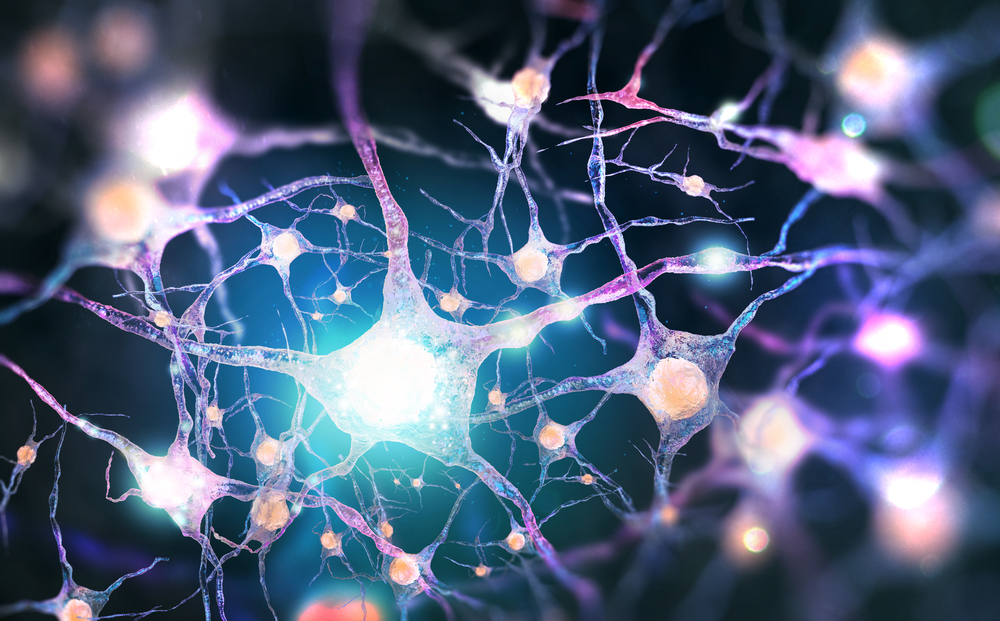Researchers Develop Human ALS Motor Neuron Model to Study Cell Defects

Andrii Vodolazhskyi/Shutterstock
Researchers generated motor neurons from amyotrophic lateral sclerosis (ALS) patients with a mutated gene found in familial forms of the disease. The study sheds new light on the disease mechanism.
Transport of materials up and down the motors’ neuron length (axon) keeps nerve cell messages flowing, and maintains the health of the nerve cell itself. An increasing number of reports link defects in axonal transport to motor neuron degeneration diseases, such as ALS.
Researchers found inadequate axonal transport in the motor neurons derived from induced pluripotent stem cells from ALS patients with different mutations of the FUS gene. They also identified genetic and pharmacological strategies capable of altering these cell defects.
The VIB-KU Leuven Center for Brain & Disease Research team published their work, “HDAC6 inhibition reverses axonal transport defects in motor neurons derived from FUS-ALS patients,” in Nature Communications.
The FUS gene provides instructions for making a protein that helps repair errors in DNA, preventing cells from accumulating genetic defects. Interestingly, FUS is one of the four major genes mutated in familial forms of ALS.
The motor neurons generated from ALS patients with different FUS mutations showed progressive axonal transport defects of different cargoes (proteins and other substances), which had never been observed in these cells.
“Distal axonal sites are highly dependent on the supply of energy-producing organelles (cells’ constituents) and other cargoes from the cell nucleus, so the implication of axonal transport in ALS is not surprising. It is an important step that we can reproduce this feature of the disease in cultured human motor neurons,” study first author, Dr. Wenting Guo from the team of Ludo Van Den Bosch (VIB-KU Leuven), said in a press release.
Researchers then tried to mitigate the axonal transport defects using a genome editing system known as CRISPR/Cas9-mediated genetic correction of the FUS mutation. They reported successful rescue of the once inadequate axonal transport.
Additionally, the team also inhibited the FUS gene within cells, but no effect on the axonal transport was observed. This confirms that these disease-associated changes are dependent on mutant FUS genes.
However, researchers found that pharmacological or genetic inhibition of HDAC6 restored the axonal transport defects in the patient-derived motor neurons.
“HDAC6 deacetylates the building blocks of the microtubules, the tracks used for axonal transport. When HDAC6 is inhibited, acetylation increases and axonal transport is improved. This may prevent axons from dying back,” the team leader Van Den Bosch said.
Results from the new human neuronal model of ALS support the hypothesis that “axonal transport could play an important role in ALS pathology and HDAC6 inhibition could become a promising therapeutic approach, although stopping retraction alone might not be enough as a single therapeutic strategy,” Van Den Bosch concluded.






